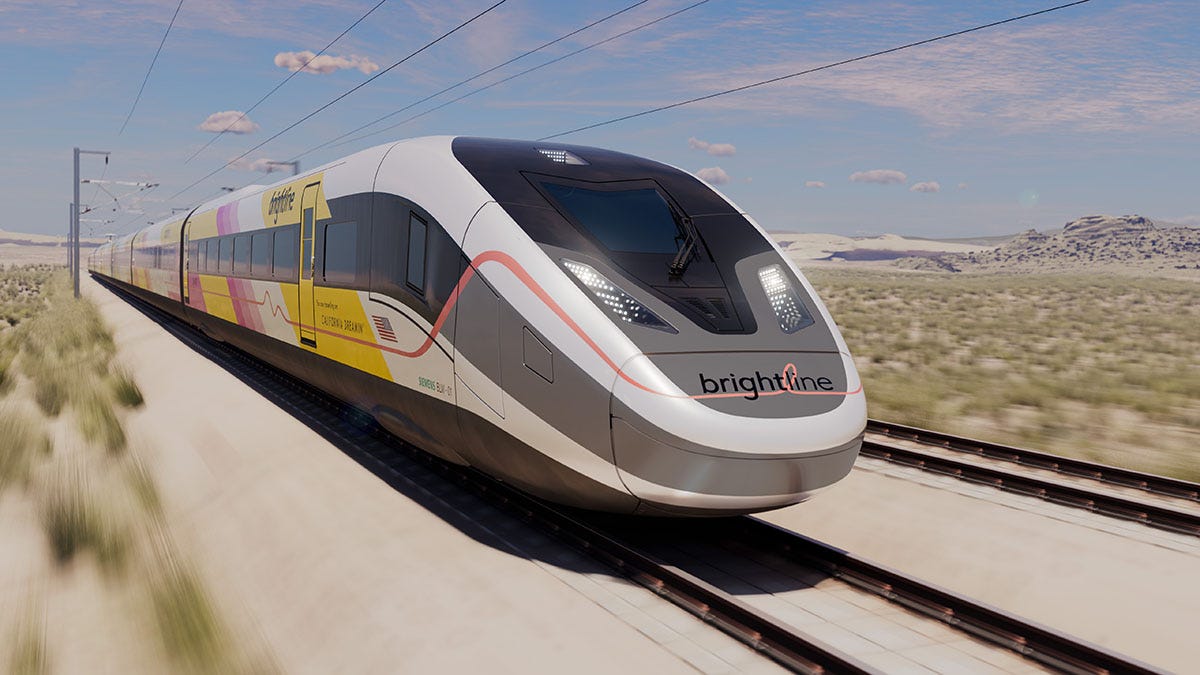How the Bipartisan Infrastructure Law Is Changing Travel in the US, Part One: Trains
Let's look at the Infrastructure Investment and Jobs Act, three years in.
It’s been just about three years now since President Biden signed the $1.2 trillion Infrastructure Investment and Jobs Act into law (commonly referred to as the Bipartisan Infrastructure Law, or BIL, which is what I’ll call it for the remainder of this article.) Among its many undertakings, the law will transform travel in the United States. Electric cars will overtake gas-powered ones, not least because they will finally be convenient to use. City transit will become more robust, especially in mid-tier cities. Airports will function better. And train travel will finally be able to compete with both car and air travel outside of Boston/NYC/Washington DC.
You’d think three years would be a long enough stretch of time to see material results of the law take shape. You’d mostly be wrong—major infrastructure projects take a long, long, time to come to fruition. The Hoover Dam took eight years to complete, from Congressional authorization to the day its power generators turned on. The initial Lincoln Tunnel under the Hudson River took 11 years. The Erie Canal took eight.



